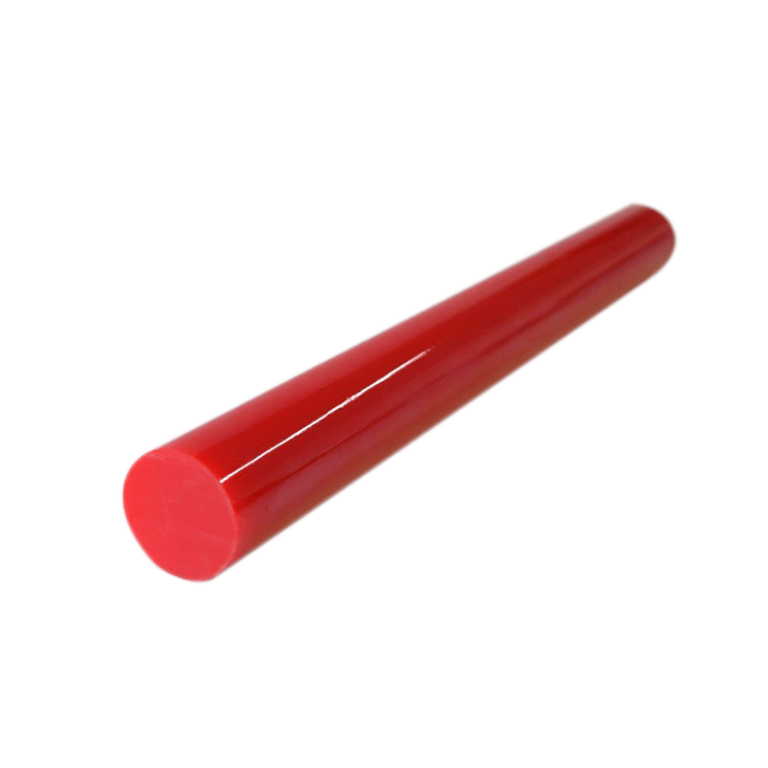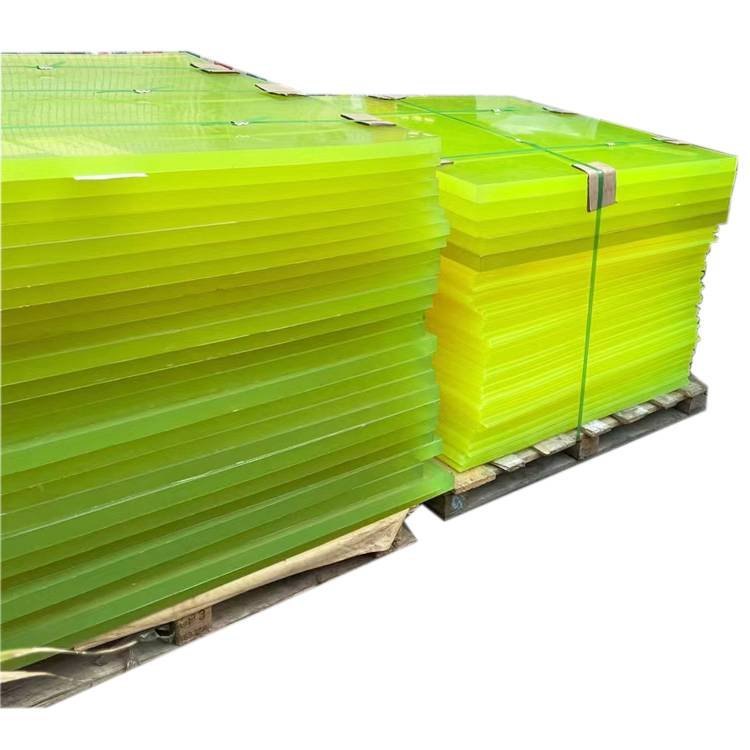In ceramic tile production, the choice of materials can significantly impact the efficiency, quality, and cost-effectiveness of the manufacturing process. Among the various materials used, PU (Polyurethane) Sheets have emerged as a popular choice due to their unique combination of durability, flexibility, and resistance to wear. However, other materials, such as rubber, PVC, and metal, are also commonly used in tile production. In this article, we’ll compare PU Sheets with these other materials to help you determine which is best for your tile production line.
PU Sheets: A Versatile Choice
Key Characteristics:
- Durability: PU Sheets are highly resistant to wear, abrasion, and chemical exposure, making them ideal for the demanding environment of tile production.
- Flexibility: Their flexibility allows them to adapt to various shapes and surfaces, ensuring precise cutting and molding.
- Impact Resistance: PU Sheets absorb shocks and impacts, protecting tiles from damage during handling and transportation.
- Longevity: The combination of durability and flexibility gives PU Sheets a long service life, reducing the need for frequent replacements.
Applications:
- Used as conveyor belts, protective liners, cutting mats, and in molding processes.
Advantages:
- Excellent balance of durability and flexibility.
- Resistant to a wide range of chemicals and high temperatures.
- Cost-effective in the long run due to reduced maintenance and replacement needs.
Disadvantages:
- Initial cost may be higher compared to some alternatives.

Rubber Sheets: The Traditional Material
Key Characteristics:
- Elasticity: Rubber is known for its high elasticity, which provides excellent shock absorption and flexibility.
- Abrasion Resistance: Rubber can resist wear but may degrade faster under certain conditions compared to PU.
- Chemical Resistance: Generally resistant to a variety of chemicals, but specific rubber types are needed for more aggressive environments.
Applications:
- Commonly used in conveyor belts, cushioning pads, and protective linings.
Advantages:
- Highly flexible and offers good impact absorption.
- Generally lower cost than PU Sheets.
Disadvantages:
- May not be as durable as PU Sheets, leading to more frequent replacements.
- Can degrade over time when exposed to harsh chemicals or extreme temperatures.
PVC Sheets: An Economical Alternative
Key Characteristics:
- Cost-Effectiveness: PVC is often chosen for its lower cost, making it an economical option for some applications.
- Chemical Resistance: PVC offers good resistance to chemicals, though it may not be suitable for very high-temperature environments.
- Rigidity: PVC is more rigid compared to PU and rubber, which can limit its flexibility in certain applications.
Applications:
- Used in conveyor belts, protective surfaces, and in areas where cost is a significant factor.
Advantages:
- Lower cost makes it an attractive option for budget-conscious manufacturers.
- Good chemical resistance in less demanding environments.
Disadvantages:
- Less durable and flexible than PU Sheets.
- Can become brittle and crack over time, especially in colder temperatures.
Metal Sheets: The Heavy-Duty Option
Key Characteristics:
- Strength: Metal sheets are extremely strong and can withstand high impact and pressure.
- Durability: Metal is highly durable and can last for a long time in harsh conditions.
- Lack of Flexibility: Metals are rigid and lack the flexibility needed for applications requiring adaptable materials.
Applications:
- Used in high-impact areas, structural components, and where maximum durability is required.
Advantages:
- Extremely durable and resistant to wear and tear.
- Ideal for structural and heavy-duty applications.
Disadvantages:
- Lack of flexibility can limit its use in applications requiring precision and adaptability.
- Heavier and more expensive to work with than PU, rubber, or PVC.
Which Material is Best for Tile Production?
PU Sheets:
- Best For: Manufacturers seeking a balance of durability, flexibility, and cost-effectiveness. Ideal for applications that require a material that can withstand wear and tear while offering precision and adaptability.
Rubber Sheets:
- Best For: Situations where flexibility and impact absorption are more critical than long-term durability. Suitable for areas that experience frequent impacts or need cushioning.
PVC Sheets:
- Best For: Budget-conscious operations where cost is a significant factor, and the production environment is less demanding in terms of wear and temperature.
Metal Sheets:
- Best For: Heavy-duty applications requiring maximum strength and durability. Ideal for structural components but less suitable for tasks requiring flexibility or precision.
Conclusion
The best material for your ceramic tile production line depends on your specific needs and the demands of your manufacturing process. PU Sheets offer an excellent combination of durability, flexibility, and resistance, making them a top choice for many manufacturers. However, depending on the specific requirements of your production line, rubber, PVC, or metal might be more appropriate in certain situations.
At PENGDE PU, we specialize in providing high-quality PU Sheets that are designed to meet the rigorous demands of ceramic tile production. For more information on how our PU Sheets can enhance your production process, please contact us at pengde2@pengde-pu.com. Let us help you choose the best material for your manufacturing needs.


